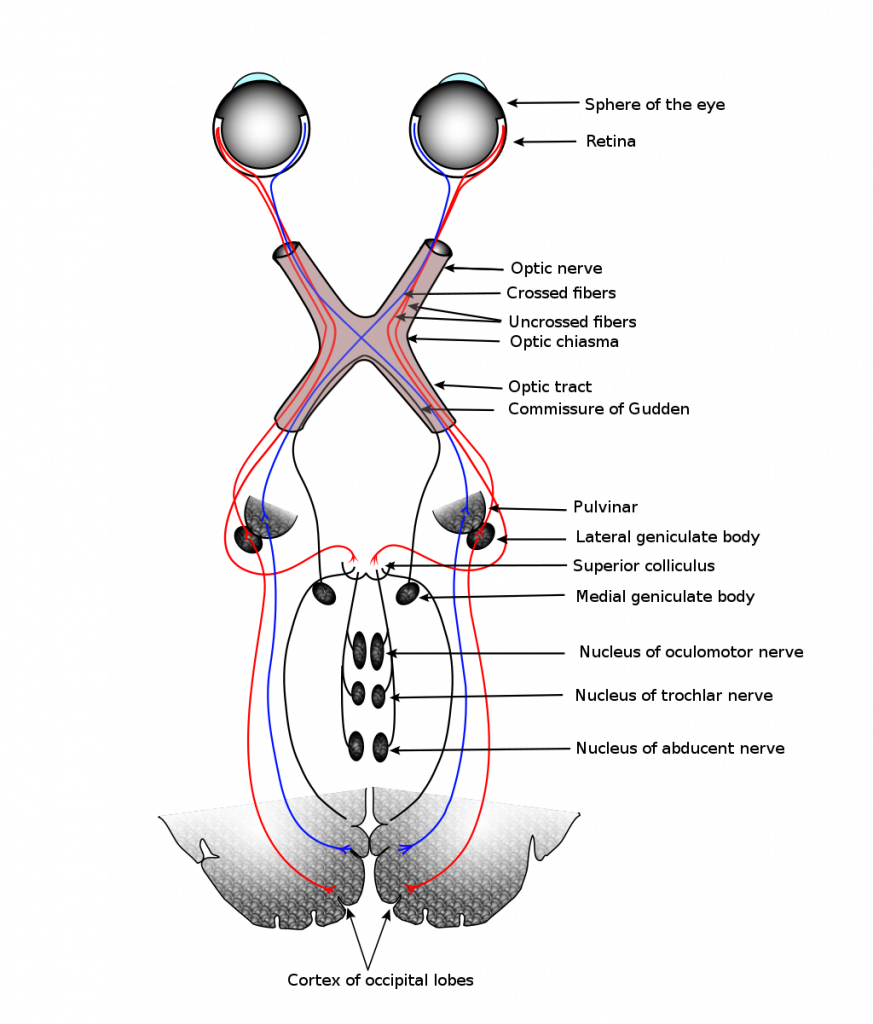In the vast canvas of life, bacteria emerge as the unsung architects orchestrating the intricate dance of ecosystems. These microscopic entities, often underestimated and misunderstood, wield an undeniable influence on Earth’s biodiversity and functioning. This interactive essay embarks on a journey to unravel the captivating world of bacteria, exploring their diverse forms, functions, and the profound impact they exert on our planet.
Section 1: A Symphony of Microscopic Life
Bacteria, the oldest inhabitants of our planet, boast an unparalleled resilience that has allowed them to thrive in nearly every conceivable environment. From the abyssal depths of the oceans to the scorching deserts, bacteria adapt and evolve, forming an invisible but integral thread in the tapestry of life.
References:
- Whitman, W. B., Coleman, D. C., & Wiebe, W. J. (1998). Prokaryotes: The unseen majority. Proceedings of the National Academy of Sciences, 95(12), 6578-6583.
Section 2: Architectural Wonders of Bacterial Diversity
Bacteria showcase an astonishing array of shapes and sizes, reflecting their evolutionary adaptations to diverse niches. From the elegant spirals of spirilla to the humble spheres of cocci, their structural diversity is a testament to nature’s creativity. These variations enable bacteria to occupy niches ranging from the human gut to extreme environments like hydrothermal vents.
References:
- Madigan, M. T., Bender, K. S., Buckley, D. H., Sattley, W. M., & Stahl, D. A. (2018). Brock Biology of Microorganisms. Pearson.
Section 3: Bacterial Functions: Nature’s Engineers and Ecological Stewards
Beyond their morphological diversity, bacteria serve as nature’s engineers, playing pivotal roles in biogeochemical cycles. They decompose organic matter, recycle essential nutrients, and participate in symbiotic relationships with plants. Bacterial biofilms, intricate communities formed on surfaces, contribute to ecological processes and have applications in medical and industrial settings.
References:
- Falkowski, P., Fenchel, T., & Delong, E. F. (2008). The microbial engines that drive Earth’s biogeochemical cycles. Science, 320(5879), 1034-1039.
Section 4: The Human-Microbe Tango
The symbiotic relationship between bacteria and humans is both complex and crucial. While some bacteria pose threats as pathogens, others coexist within our bodies, forming the human microbiome. This dynamic interplay influences our health, from aiding digestion to modulating our immune system. The intricacies of the human-bacteria relationship continue to be a frontier of scientific exploration.
References:
- Sender, R., Fuchs, S., & Milo, R. (2016). Revised estimates for the number of human and bacteria cells in the body. PLoS Biology, 14(8), e1002533.
Section 5: Bacteria as Biotechnological Allies
Bacteria’s versatile nature has positioned them as indispensable allies in biotechnology. Their ability to produce antibiotics, engage in genetic engineering, and contribute to waste treatment underscores their significance in modern applications. From revolutionizing medicine to addressing environmental challenges, bacteria are pivotal players in the realm of biotechnology.
References:
- Jha, A. K., & Bhatt, A. (2019). Industrial applications of bacteria. In Biotechnology: Concepts and Applications (pp. 113-130). Springer.
Conclusion:
In this exploration of bacterial life, we’ve barely scratched the surface of the microbial marvels that shape our world. Bacteria, with their diversity and adaptability, are woven into the very fabric of existence. This interactive essay invites you to delve deeper into the awe-inspiring intricacies of bacteria, fostering a deeper appreciation for the microscopic wonders that continue to shape and sustain life on Earth.



